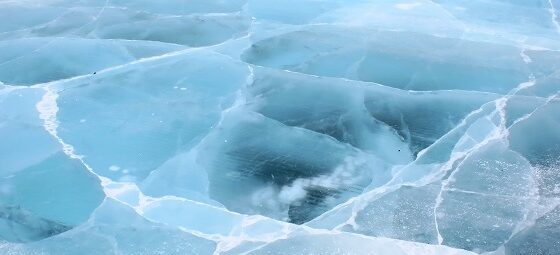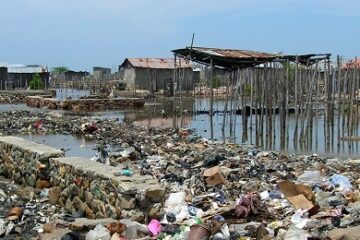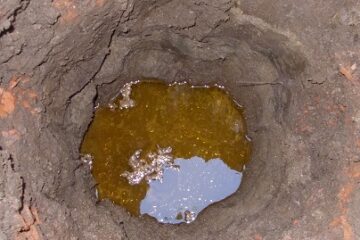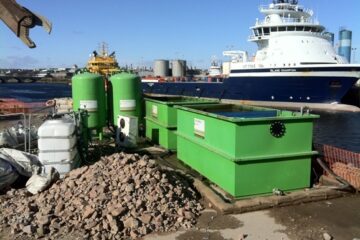The catastrophic events of the 11th of March 2011 may seem like a distant memory to us here in the UK but at the Fukushima Daiichi Nuclear Power Station work continues to make the plant safe.
The plant was hit by a tsunami triggered by the Tōhoku earthquake, the tsunami which caused widespread devastation across Japan and massive loss of life, knocked out the power supply to the coolant systems for the three reactors which were active at the time resulting in a series of explosions and meltdown in three of the six reactors on the site.
The eventual plan to fully clean up the site is still somewhat unclear but decommisioning of the reactors is set to take somewhere in the region of 30 years. At the moment the clean up efforts are focussed on gaining control of the groundwater movement around and below the plant. The situation is fairly complex but the issues currently at the forefront of remedial efforts relate to coolant water and natural groundwater and the nessecity to prevent irraditated water seeping into the Pacific Ocean.
To keep the reactors cool it is nessecary to pump large volumes of water through highly radioactive areas which results in the water picking up a range of radioactive isotopes. This water is then circulated through a treatment system which removes much of the contamination and recycles water for cooling but some of this water still has to be stored in one of the huge number of storage tanks which have been constructed. Because even once it’s been treated this water cannot currently be released into the enviroment. But not all of the water which has been in contact with highly radioactive material is recovered, some of it has been escaping to and mixing with groundwater and subsequently migrating off-site.
Unfortunately the plant is located in an area of reasonablly high rainfall and at the foot of steep hills so water moves down the hils and through the ground under the site at a considerable volume. Groundwater below the site has been coming in to contact with radioactive water and becoming ‘lightly’ contaminated, this too must be collected and stored in tanks. As of May 2014 some of the captured groundwater has been monitored and if it passes monitoring criteria it has been discharged to the Pacific.
Additionally there have been several widely reported incidents of leaks from storage tanks which has further complicated the situation by contaminating the ground in other areas of the site..
So what’s to be done?
As noted above groundwater capture to reduce the volume of irradiated water is already in progress and plans are in place to pave or tarmac as much of the site as possible and reduce infiltration that way. The tank farm keeps growing and larger more robust tanks are anticipated. Efforts have been made to reduce the movement of contaminated water from the flooded service tunnels on the site and off site to the ocean by means of various repairs to tunnels and concrete on the sea bed. The really cool thing which is planned, and is the catalyst for this post, is the construction of an ice wall in the ground to contain groundwater and prevent off-site migration. This will be done by advancing a series of coolant pipes into the ground and freezing the water and soil to form an impermeable barrier. It’s not new technology but the application of this technology for this purpose and on this scale is novel.
There are however, doubts as to whether it will work as intended and also fears about the use of such an energy intensive and relatively fragile system in an earthquake zone. But it is safer than many of the alternatives because of the relatively low and more easily controlled risk of contact with impacted soils and groundwater.
It will be a very long term project and the eventual solution still seems a bit unclear but steps are being taken to deal with the immediate issues and it’s only by taking many little steps that a problem like Fukushima can be resolved. We’ll keep you posted on any new developments as they occur.







Leave a Reply